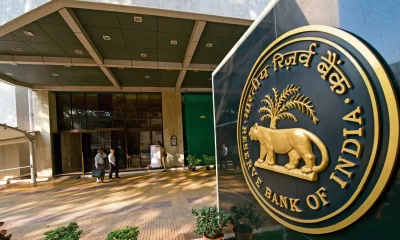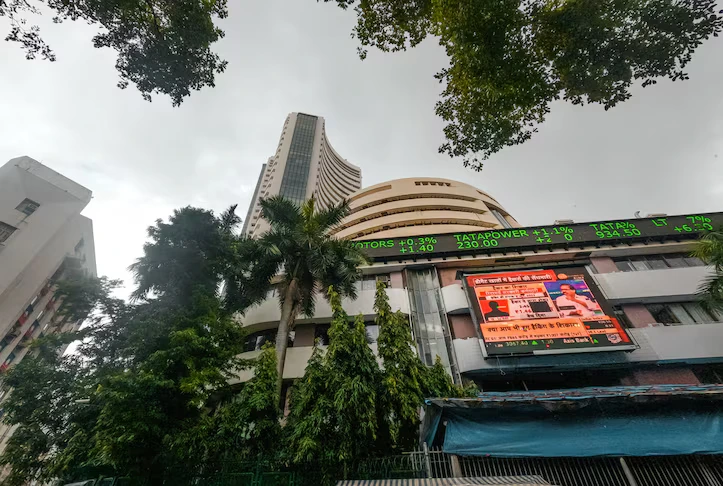Economy news
Drastic Decline in Indian Workers Emigrating to Gulf Countries
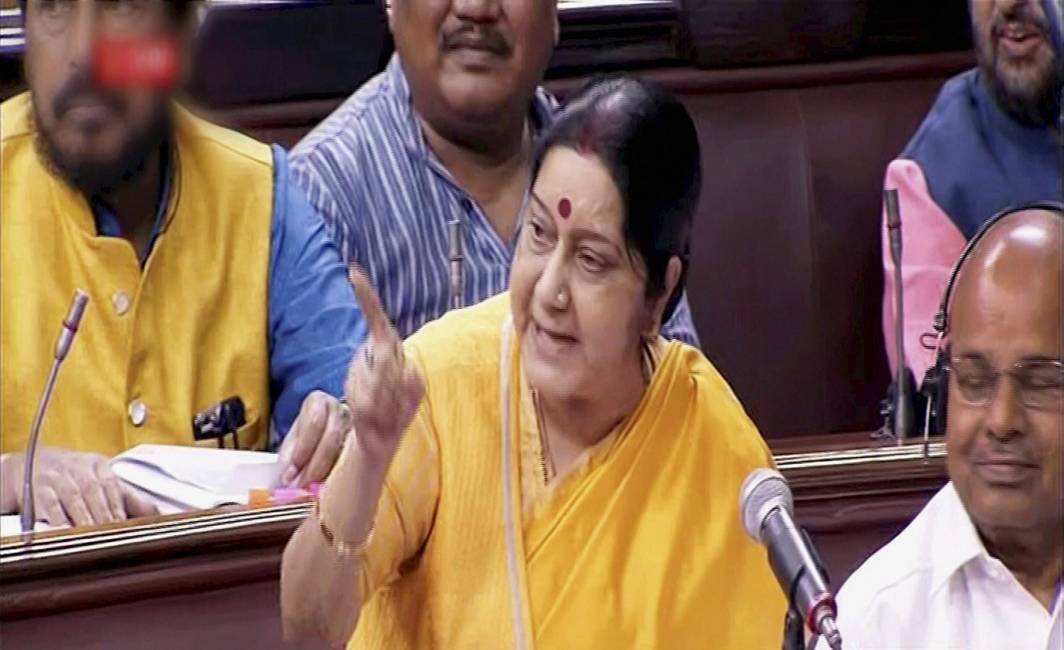
Economy news
ITR filing last date today: What taxpayers must know about penalties and delays
The deadline for ITR filing ends today, September 15. Missing it may lead to penalties, interest charges, refund delays, and loss of tax benefits.
Economy news
India’s GDP surges 7.8% in Q1, outpaces estimates and China
India’s GDP surged 7.8% in Q1 2025-26, the highest in five quarters, driven by strong services and agriculture sector growth, according to NSO data.
Economy news
Sensex falls 600 points, nifty slips 180 as US tariffs hit Indian markets
Indian equity markets witnessed sharp declines as US tariffs on Indian imports took effect. Sensex dropped over 600 points, while Nifty fell nearly 180 points in early trade.
-

 Entertainment8 hours ago
Entertainment8 hours agoDhurandhar review: Ranveer Singh roars back, Akshaye Khanna shines in intense spy thriller
-

 India News14 hours ago
India News14 hours agoIndiGo flight chaos deepens as over 500 services cancelled, passengers stranded for hours
-
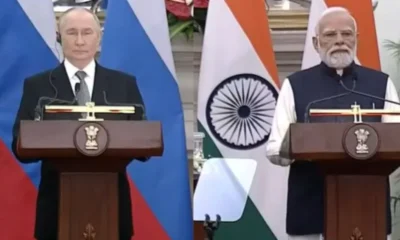
 India News8 hours ago
India News8 hours agoIndia and Russia vow to walk together against terrorism, reaffirm strategic partnership
-

 India News13 hours ago
India News13 hours agoRBI cuts repo rate to 5.25%, paving the way for cheaper loans
-

 Latest world news13 hours ago
Latest world news13 hours agoAsim Munir appointed Pakistan’s first Chief of Defence Forces, to serve 5-year term
-

 India News3 hours ago
India News3 hours agoCentre orders probe into IndiGo crisis, expects normal flight operations in three days
-

 India News3 hours ago
India News3 hours agoSimone Tata passes away at 95: A look at the visionary who shaped Lakme and modern retail
-
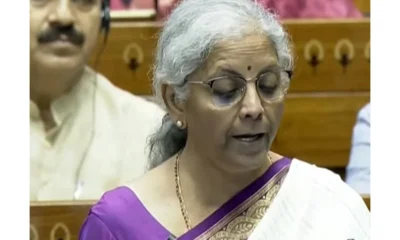
 India News3 hours ago
India News3 hours agoLok Sabha clears bill to levy cess on pan masala and similar goods for health, security funding









